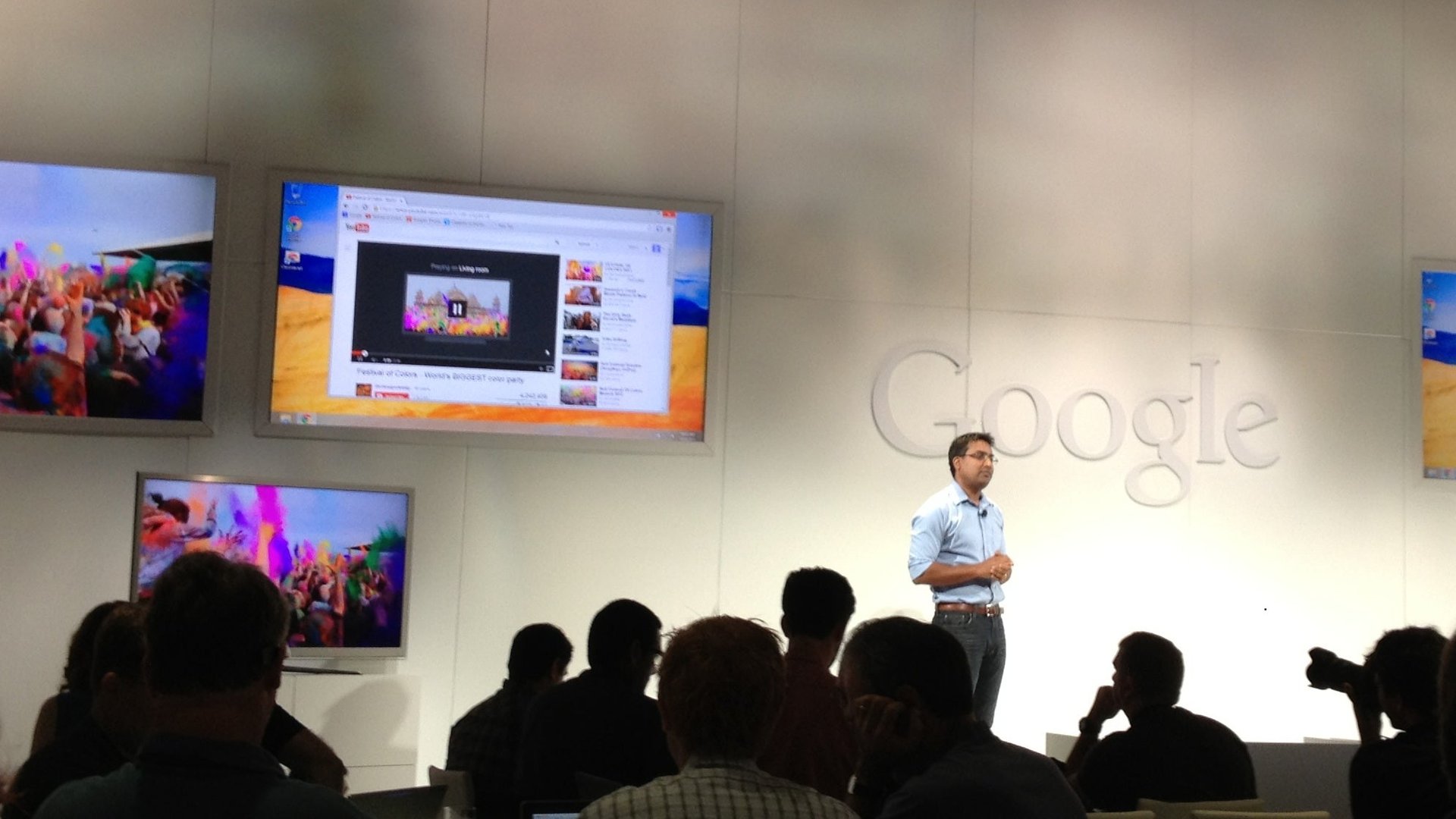With $35 Chromecast, Google finally figures out how to turn your TV into a (usable) computer
A long time ago, in a galaxy far away, Microsoft tried to turn your TV into a computer via a device called WebTV, and it was a disaster. The main problem with the effort, and others since, is that screens that sit many feet away, and don’t have the same resolution as one on a notebook or tablet, simply aren’t all that great for getting even basic tasks done, like browsing the web. Another issue is the awkward interface: Who wants to add a keyboard and pointing device to their collection of remotes?


A long time ago, in a galaxy far away, Microsoft tried to turn your TV into a computer via a device called WebTV, and it was a disaster. The main problem with the effort, and others since, is that screens that sit many feet away, and don’t have the same resolution as one on a notebook or tablet, simply aren’t all that great for getting even basic tasks done, like browsing the web. Another issue is the awkward interface: Who wants to add a keyboard and pointing device to their collection of remotes?
With Google’s just-announced Chromecast, Google appears to have cracked the problem of turning your TV into a computer by admitting that a TV will never truly be one. Chromecast is a tiny computer running a stripped-down version of Google Chrome, and it does just a handful of things: It allows you to stream Netflix and YouTube videos to your TV, but lets you control these videos (volume, scrubbing, etc.) from any iPhone, Android device or notebook computer. It can also stream music and show photos. Chromecast turns your TV into a passive outlet for content—perfect for the “lean-back” experience of television watching in the living room, as opposed to the “lean forward” experience we have hunched over our laptops.
Google’s ambitions for Chromecast are clear: ”For $35 it’s affordable enough to connect up every TV in your home,” said a Google spokesman. Google is clearly betting that even with its limited (initial) functionality, at that price point, consumers will at least give it a shot.